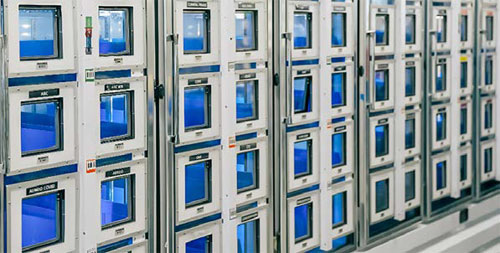ARUP Laboratories, one of the nation’s largest reference laboratories located in the University of Utah’s Research Park, has opened its new four-story, 220,000-square-foot laboratory facility in Salt Lake City. ARUP employees, executives and board members were on hand for a recent ribbon-cutting ceremony along with University of Utah leaders and Utah public officials.
The newly constructed facility is the eighth property ARUP now owns and operates as Research Park’s largest resident. Designed to optimize quality laboratory testing, it features total lab automation to further increase testing capacity and accommodate future growth at ARUP, company officials said. ARUP has hospital and health system clients in all 50 states and processes an average of more than 70,000 specimens a day. It offers more than 3,000 tests and test combinations, ranging from routine screening tests to esoteric molecular and genetic assays.
Approximately 1.4 miles of automated track in the new facility transport specimens at speeds of 90 feet per minute. Spanning two buildings and four floors, the first-of-its-kind track increases efficiency and speeds test turnaround times, said President Andy Theurer, who will become ARUP’s CEO on July 1.
“This new building is a culmination of the extraordinary vision ARUP’s founders had when they spun ARUP off from the University of Utah Department of Pathology nearly 40 years ago, believing they could meet the testing needs of patients nationwide with the right medical oversight, leadership and dedicated workforce,” Theurer said. “It is more than brick and mortar; it is a symbol of what can be achieved through discipline and hard work.”
“From the beginning, ARUP has been committed to delivering the best care possible to patients at University of Utah Hospital and to our clients nationwide,” said CEO Dr. Sherrie L. Perkins, who will retire effective June 30 after more than 30 years at ARUP. “This new facility enables the practice of laboratory medicine at its highest level.”
Designed by Architectural Nexus and built by Okland Construction, the new facility optimizes the efficient use of energy and was specially designed to reduce waste, according to Theurer. “Every aspect of this building’s design and construction occurred with environmental stewardship in mind,” he said.








